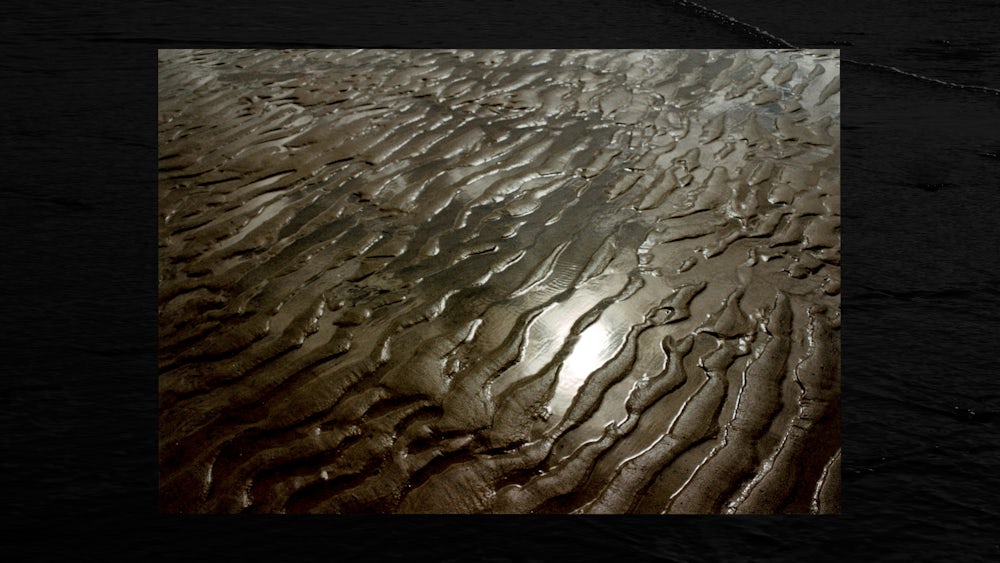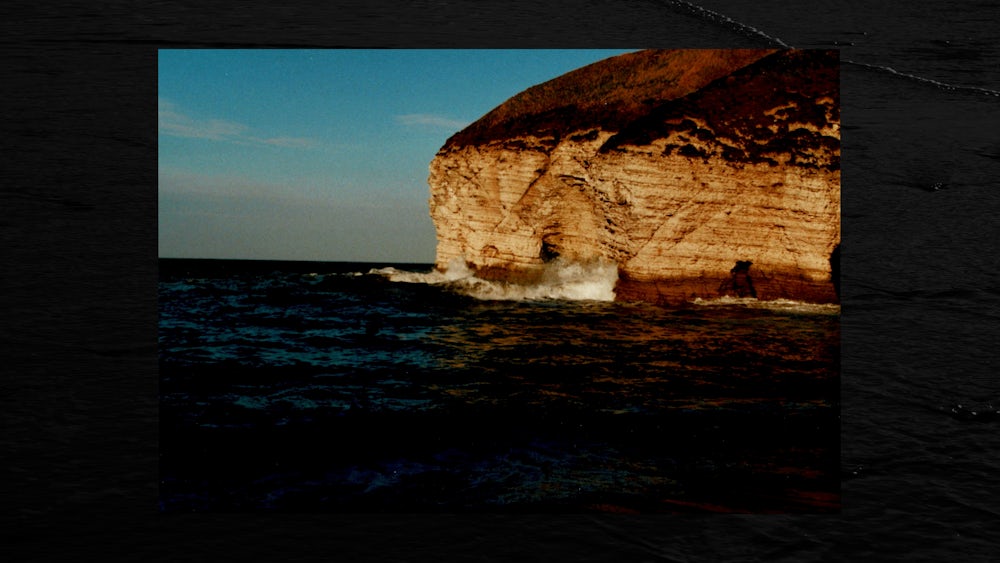Elfed Alexander Samuel
"The Empathetic Image"
Keywords: memory, moving image, photography, narrative
The archive is a place for dreams and revelation, a place of longing where the world can turn on the discovery of an insignificant fragment: a place for creating and reworking memory.1
Photographic archives invite a plurality of account, agency and interpretation which through their mediation engender a narrative sense of shared memory, with the photographer “lending their mechanised gaze to others in a way that essentially escapes their control”.2
This project examines and critically appraises the fluid, ambiguous qualities of memory, the concretisation of moments in image and space and the inter-generational sentiments preserved through objects held dear as totemic representations of gathered time and experience. Where are the gaps in our family stories, how much of our recollections of rituals construct our sense of collective identity, and how can personal archives help us compile an understanding of those spaces and people now lost, only remaining in the fragmentary format of postcards, photographs and stories.
My compiling began through the processing of an archive of 6 decades of photographs taken by my grandfather, recording the shifting nature of the landscapes surrounding him, the explorations and events of his immediate family and the uncanny, serendipitous moments of compelled recording spread through this collection.
Through the archiving of these curated moments, the spatial abstraction of personal anamnesis and an analogous investigation of recorded landscapes, the empathetic image constructs a fragmental narrative, mediating the gathered experiences of an inter-generational practice, between the life and identity of my grandfather and my own contemporary practice.
These collated narratives are shown through a film which exhibits the archived moments, images and objects of memory, framed by a cognate sequence engendering a rapport between the image and the contemporary moment they are shown within.
The development of a critical mnemonic acts as a theoretical framework for subsequent practice, giving agency to those who gather objects, images and other material through the compiling of recalled stories and sensory anamnesis, contributing as Prieto del Campo notes “to a new framework of political and social imagination”.3
Featherstone, Mike, ‘Archive’, ‘Theory, culture & society’, 23 (2006), 591–596. ↩
Azoulay, Ariella, ‘THE ETHIC OF THE SPECTATOR: THE CITIZENRY OF PHOTOGRAPHY’, Afterimage, 33.2 (2005), 38–44 ↩
Prieto del Campo, Carlos, ‘Archives Of The Commons: Knowledge Commons, Information And Memory’, in ‘Decolonising Archives, ed. by L’internationale Online with Rado Ištok Gathered Fragments ↩









